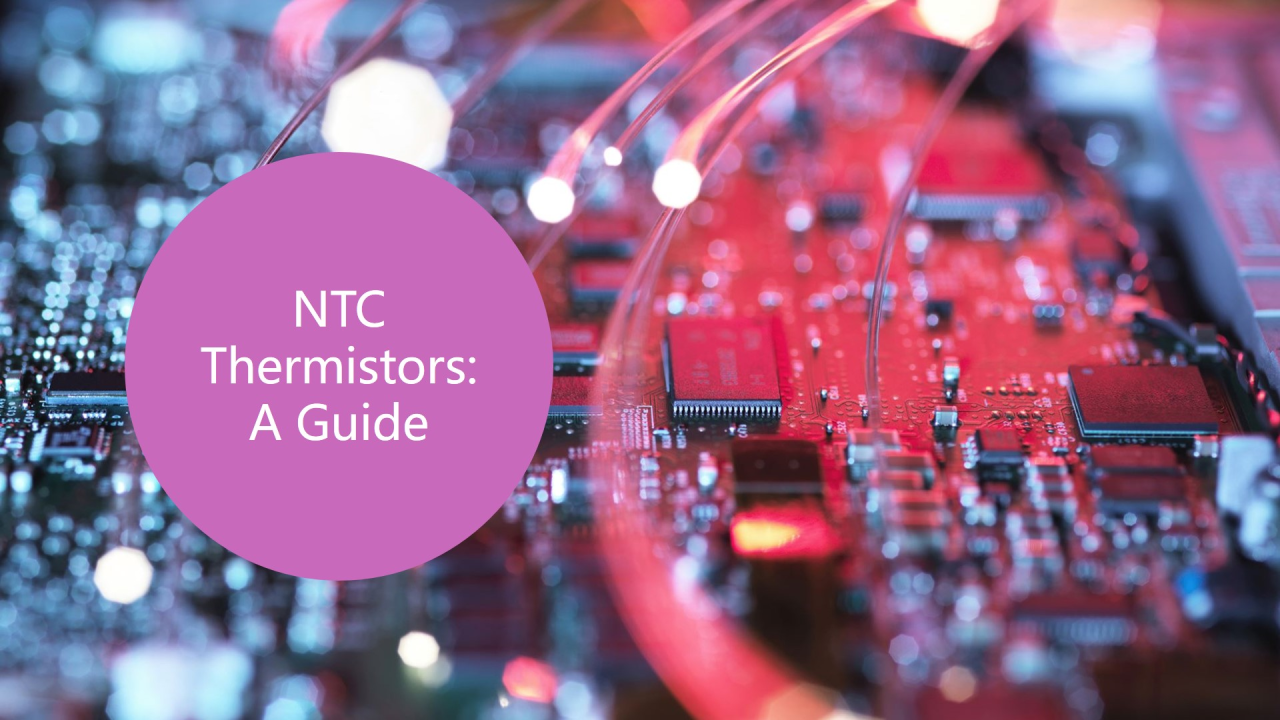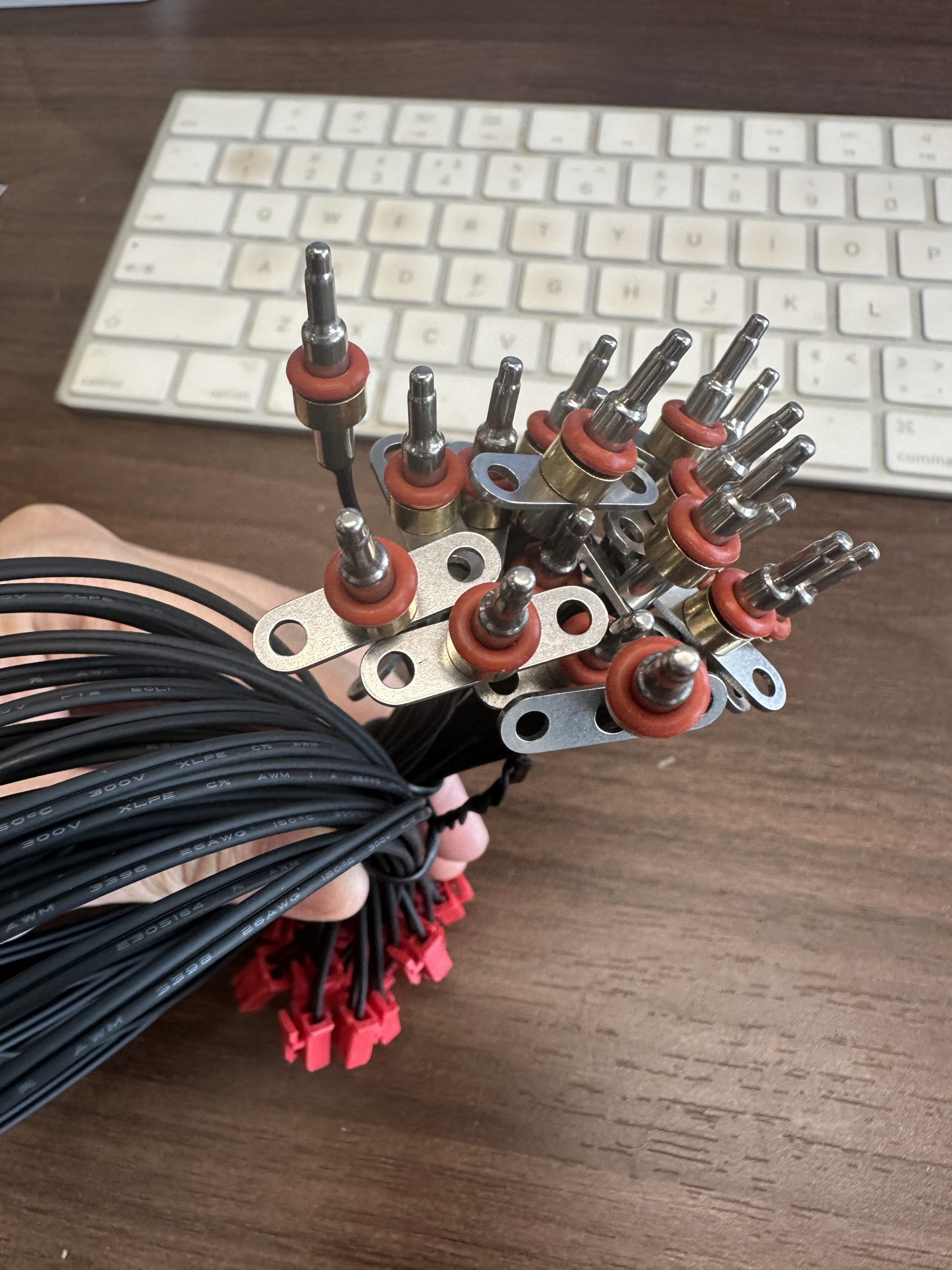
The Electronic Component Industry Trends
In the heart of every technological marvel, from smartphones to supercomputers, lies a complex web of electronic components. These tiny yet powerful entities are the building blocks of our digital world. As we stand on the brink of a new era, the electronic component industry is undergoing a transformation that is as exciting as it is challenging. Whether you’re a tech enthusiast, an industry professional, or simply curious about the future, the trends shaping this industry are nothing short of fascinating. The Pulse of Progress: An Overview The rapid evolution of technology has put the electronic component industry at the










